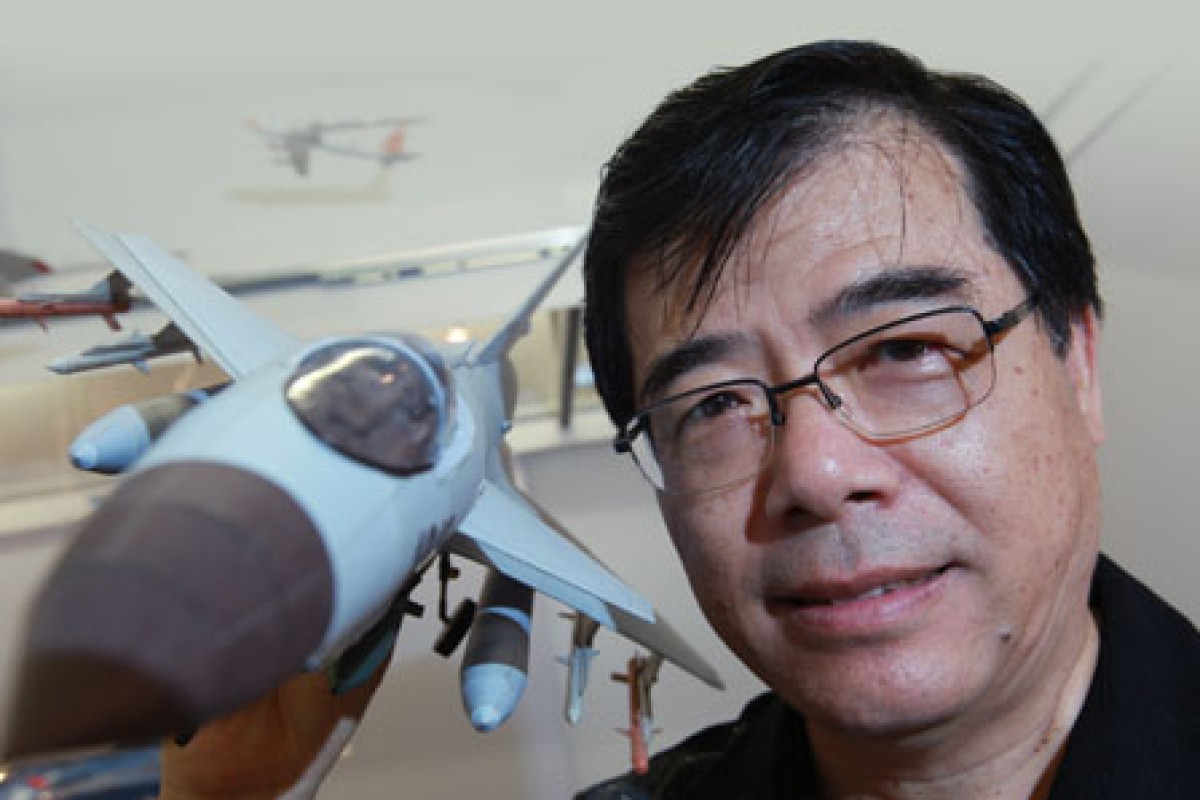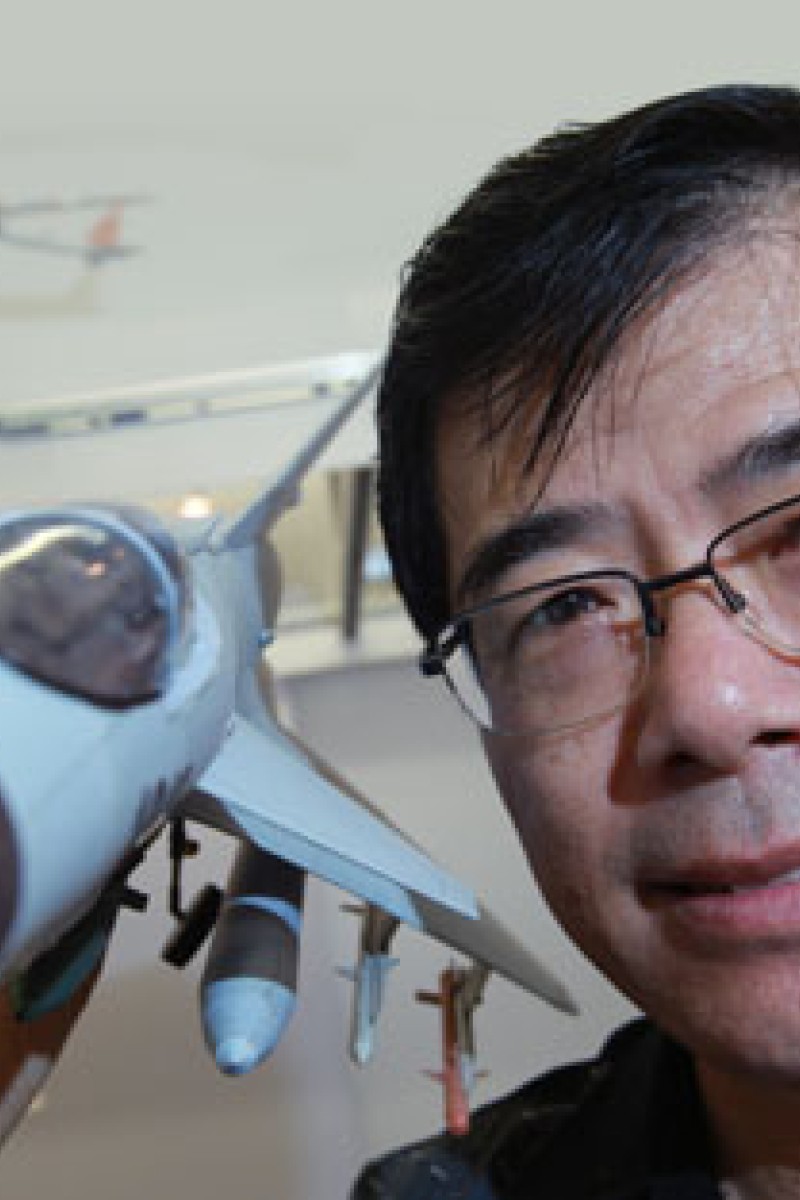 Edwin Cho Chi-kong displays a few of his model paper planes, some of which are as small as a 10-cent coin.
Edwin Cho Chi-kong displays a few of his model paper planes, some of which are as small as a 10-cent coin.Edwin Cho Chi-kong has always had a passion for model planes. Like most good hobbies, it started in his youth, when he made model aircraft from plastic kits bought from toy stores.
He spent hours assembling the models and then meticulously decorating them to look like their full-sized counterparts.
All too soon the realities of daily life took him away from his first love, and he shelved his dream.
But four years ago, when he retired from his government job, his old hobby beckoned, and Cho returned to it with a passion.
Instead of buying kits, Cho set himself a new challenge - to recreate planes out of paper.
With the internet replacing toyshops as his hunting ground, Cho began printing out designs he found on online forums and websites.
"Changing something that was two-dimensional into a three-dimensional object is a lot more difficult than building a model out of different parts," he says. "This type of construction also requires lateral thinking and problem-solving skills."
There were no ready-made parts, and online instructions could be vague or non-existent. He had to rely on his own keen spatial sense and creativity to figure out exactly where and how to bend or tear the paper so pieces would fit together seamlessly.
Cho altered the plans to make the planes more realistic, with turning propellers, retractable wheels and detailed cockpits.
Over the last four years, Cho has created hundreds of little aircraft models, some as small as a 10-cent coin, and has constantly been urged by his family to "do something" with his collection.
His sister, Yvonne Cheng Yin-fun, specialises in Chinese art, and they opened White Box Studio - a family-run workshop that allows them to showcase their work and run workshops for younger students. They take turns running exhibitions and workshops, passing on their skills to anyone who is interested.
Cho has also created and donated more than 100 planes to local primary schools and held free student workshops.
However, he says, few youngsters are keen to follow in his footsteps.
Cho believes that today video entertainment and gaming take up too much of young people's time and make them impatient, always wanting instant results without really thinking through or focusing on what they are doing. This is why he encourages children and teenagers to take up a craft.
"Making these model paper planes takes patience," he says. "It is not just an immediate thing."
Cho's collection of commercial and military aircraft is on show at the Jockey Club Creative Arts Centre in Shek Kip Mei on Saturdays this month.
